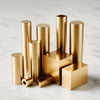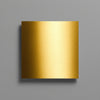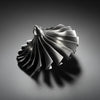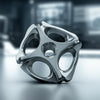7 Tips to Save Costs on CNC Machined Parts
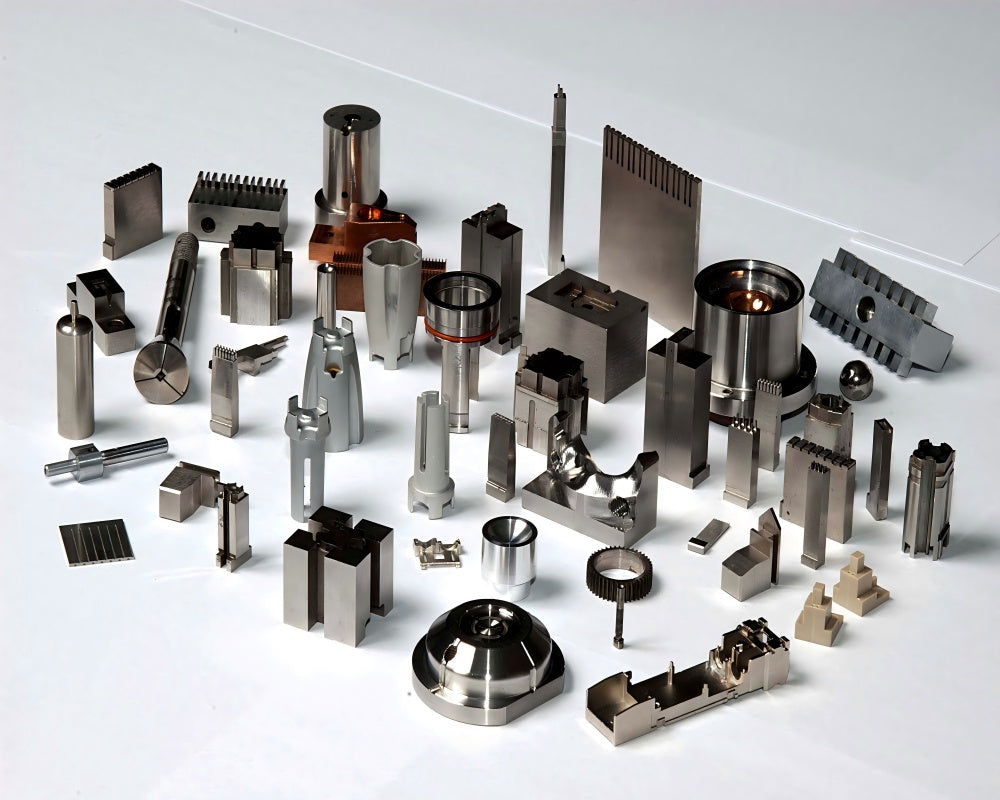
3 Main Factors Affecting the Cost of CNC Machined Parts

You may wonder why Part A is significantly more expensive than Part B, even though Part B is physically smaller. In CNC machining, part pricing is highly variable—like most engineered products, cost isn’t determined by size alone. The final price typically combines three key factors:
1.Part Complexity
Certain geometries and features are inherently challenging to machine, requiring specialized tooling and extensive CNC programming. As a rule of thumb, complexity directly correlates with cost due to:
1.1Non-Standard Machining Requirements
-
-
Extended cycle times (e.g., 5-axis contouring adds 30–70% time)
-
Advanced operator skills (certified machinists cost $25–50/hour)
-
Multi-process workflows (milling + EDM + grinding)
-
1.2Tooling & Setup Costs
| Complexity Factor | Cost Impact | Example |
|---|---|---|
| Micro-tools (<1mm) | +$50–200/tool | Medical device holes |
| Custom fixtures | +$300–1,500/job | Aerospace brackets |
| Prototype CAM | +$150–500/program | Organic shapes |
2.Functional & Dimensional Requirements
Engineering Drawings & Tolerancing Directly Impact CNC Machining Costs
Part specifications—including dimensional limits, functional controls (GD&T), and surface finish requirements—significantly influence pricing due to:
2.1Precision Machining Demands
-
-
Tight tolerances (±0.025mm vs. standard ±0.1mm) require:
-
Additional finishing passes (e.g., grinding, honing)
-
High-end CNC machines (e.g., Makino a61nx for <1μm repeatability)
-
-
Example cost impacts:
Tolerance Process Adders Cost Multiplier ±0.1mm Basic milling 1.0x ±0.025mm Finish grinding + CMM 2.5–4.0x
-
2.2Inspection Overhead
-
-
Specialized metrology tools:
-
CMM probes ($15,000–$80,000)
-
Optical comparators for micro-features
-
-
Skilled labor:
-
GD&T-certified inspectors ($35–60/hour)
-
-
3.Material Selection
Material & Size Impact on Machining Costs
The material and dimensions of your part significantly affect pricing due to:
3.1Part Size Considerations
-
-
Large Parts (e.g., >500mm dimensions) require:
-
Oversized tooling ($200–1,000/cutter)
-
Custom fixtures ($500–5,000/job)
-
Extended machining time (2–5× longer vs. small parts)
-
-
Example:
Part Size Cycle Time Cost Multiplier 100×100mm 1.5 hrs 1.0x 500×500mm 8 hrs 3.2x
-
3.2Material Machinability
-
-
Easy-to-Machine (Low Cost):
Material Machinability Rating* Relative Cost 6061 Aluminum 100% 1.0x C36000 Brass 80% 1.3x -
Hard-to-Machine (High Cost):
Material Machinability Rating Relative Cost 304 Stainless 45% 2.8x Inconel 718 15% 6.5x
-
7 Tips to Save Costs on CNC Machined Parts
Now that you understand the major factors that influence machining costs, let us provide you with 7 practical tips for minimizing the manufacturing costs of your custom CNC machined parts.

1. Choose Materials Wisely
Material Selection Strategy for Optimal Machining
1.1General Rule:
-
-
Prioritize highly machinable materials (e.g., aluminum 6061, brass C360) unless mechanical requirements dictate otherwise.
-
Rationale: Reduces costs by 40-70% vs. hard materials while maintaining functional performance for most applications.
-
1.2When to Use Hard Materials:
| Material | Typical Use Cases | Cost Impact |
|---|---|---|
| Steel | High-load structural parts | 2-3× aluminum |
| Titanium | Aerospace/medical implants | 5-8× aluminum |
| Nickel Alloys | Jet engine components | 10-15× aluminum |
2. Simplify Part Design
DFM Principle: Simplicity = Cost Efficiency
2.1Core Rule:
-
-
Optimize for manufacturability by eliminating non-functional complexities
-
Result: Typical cost reductions of 25-50% vs. over-engineered designs
-
2.2Cost-Driving Complexity Factors:
| Design Feature | Cost Multiplier | Smart Alternative |
|---|---|---|
| Unnecessary tight tolerances (±0.025mm) | 2.5x | Relax to ±0.1mm |
| Decorative 3D contours | 3x | Flat faces + post-texturing |
| Micro holes (<0.5mm) | 4x | Standard Ø1.5mm + plugs |
3. Avoid Tight Tolerances Whenever Possible
Tolerance Strategy: Cost-Effective Precision
3.1Fundamental Rule:
-
-
Apply tight tolerances only to functional interfaces
-
Cost impact: ±0.025mm tolerance = 2-4× higher cost vs. ±0.1mm
-
3.2 Smart Datum Strategy:
-
-
Single Master Datum (e.g., Datum A - Primary Flat Surface)
-
Benefits:
|
Stakeholder |
Advantage |
|---|---|
| Designer | 30% fewer GD&T callouts |
| Machinist | 50% faster inspection |
4. If Complexity is Unavoidable, One of the Complex Parts can be Converted into a Modular Component
When a part becomes too complex, it is recommended to split the complete part into multiple components to be assembled. This makes machining easier and simpler. It significantly reduces setup time, minimizes machining operations, and optimizes machining time. This is a strategy designers often use to improve part manufacturability and reduce manufacturing costs.
5. Consider the Size and Contour of the Hole
When manufacturing CNC parts, you should ensure that part features (such as holes, profiles, slots, threads, etc.) can be made using commonly available standard tools. Custom hole and thread sizes will require special tooling, which can be very expensive. Remember to use special hole sizes only when needed or required by the application.
6. Avoid Thin Walls and Deep Cavities in Part Design
Thin-walled parts and deep cavities are difficult to achieve through machining and are often prone to dimensional errors. These features often cause part vibration, sometimes resulting in part scrap. As we said, difficult-to-machine parts are actually expensive to manufacture.
7. Plan Machining Operations Wisely
Minimize machine operations. More operations mean longer setup and machining times. Strategically design your machining technology to minimize setup changes for your parts.
Summary
To minimize the cost of producing CNC machined parts, you should always consider the complexity of the part, its size and finish requirements, as well as the material being used. Always keep in mind that the more difficult a part is to manufacture, the more it will cost, so in short, keep the part as simple as possible.
-
Posted in
cnc machining, CNC Machining Cost

